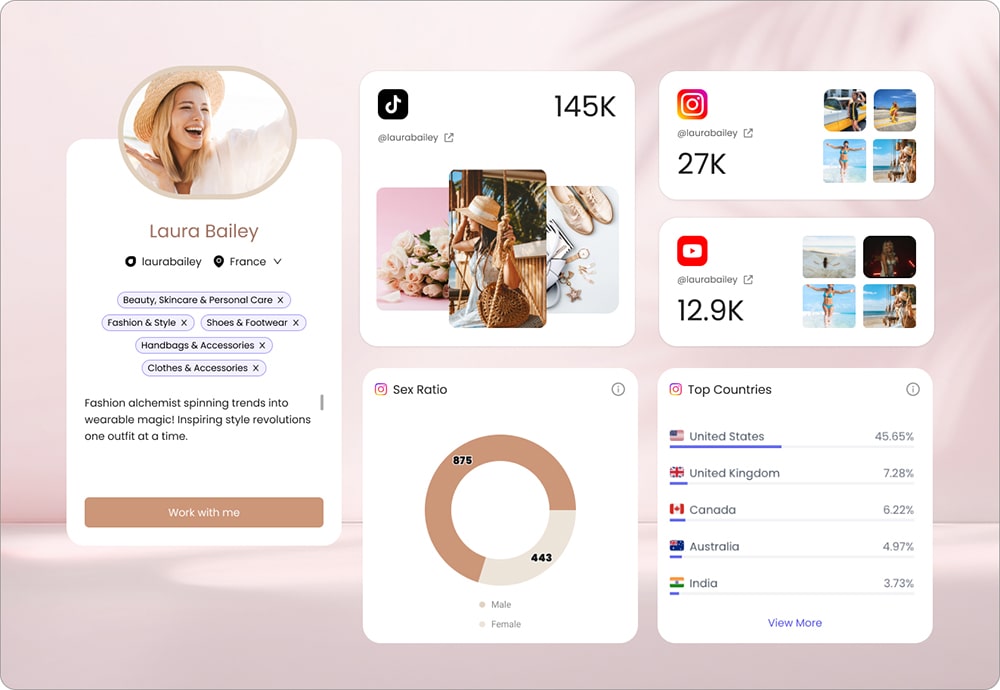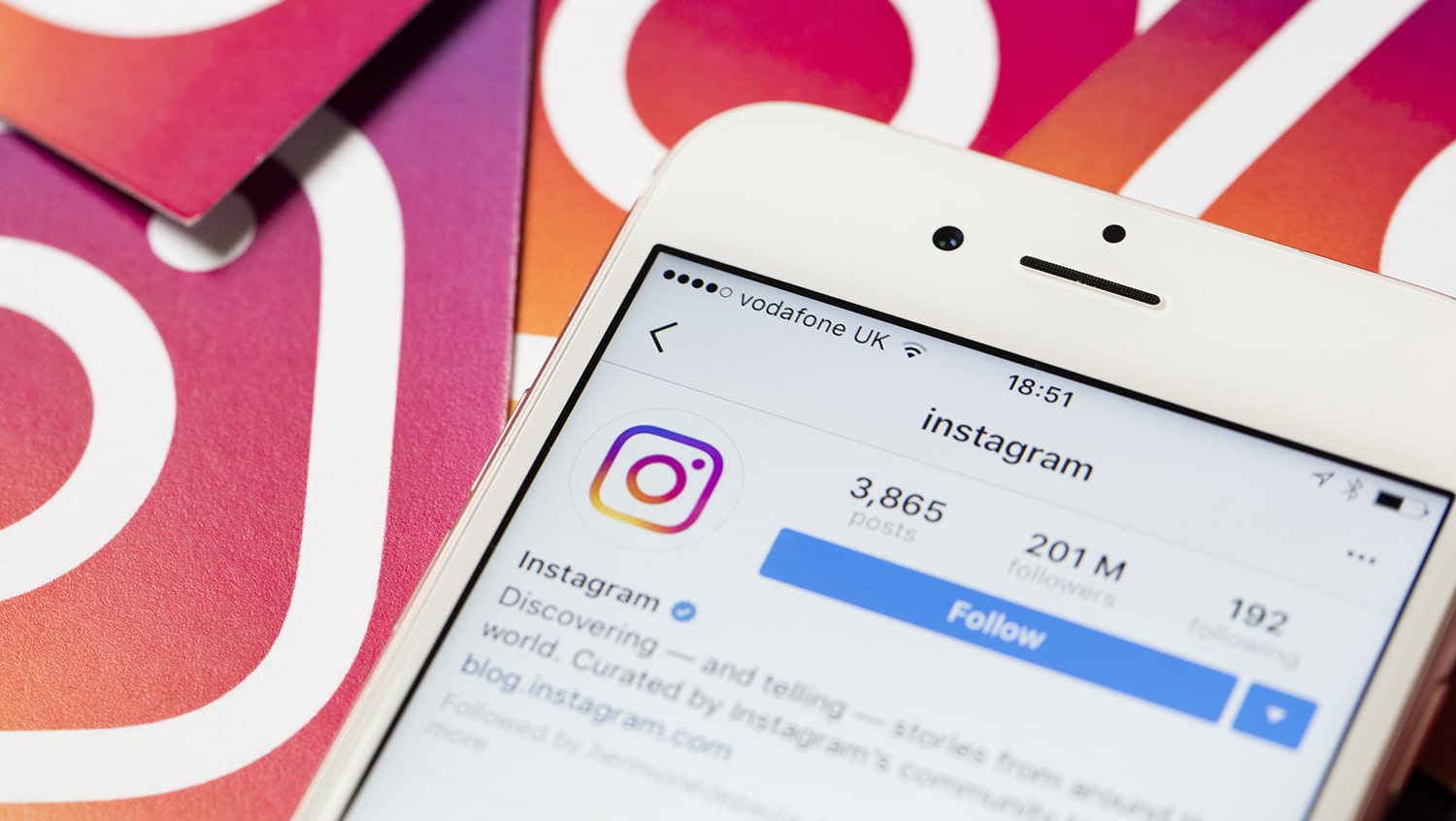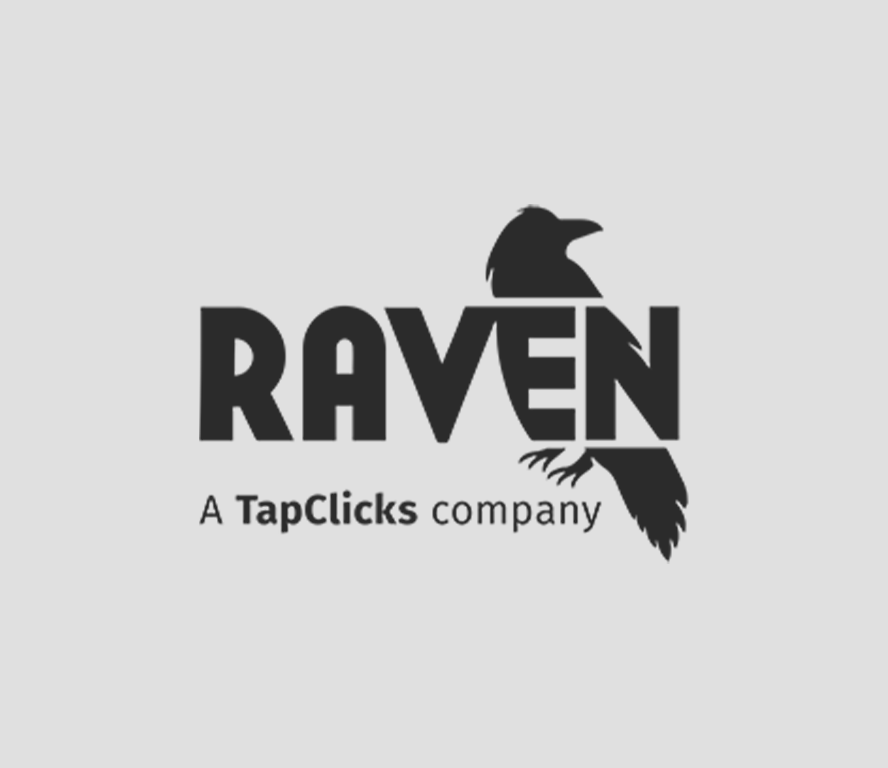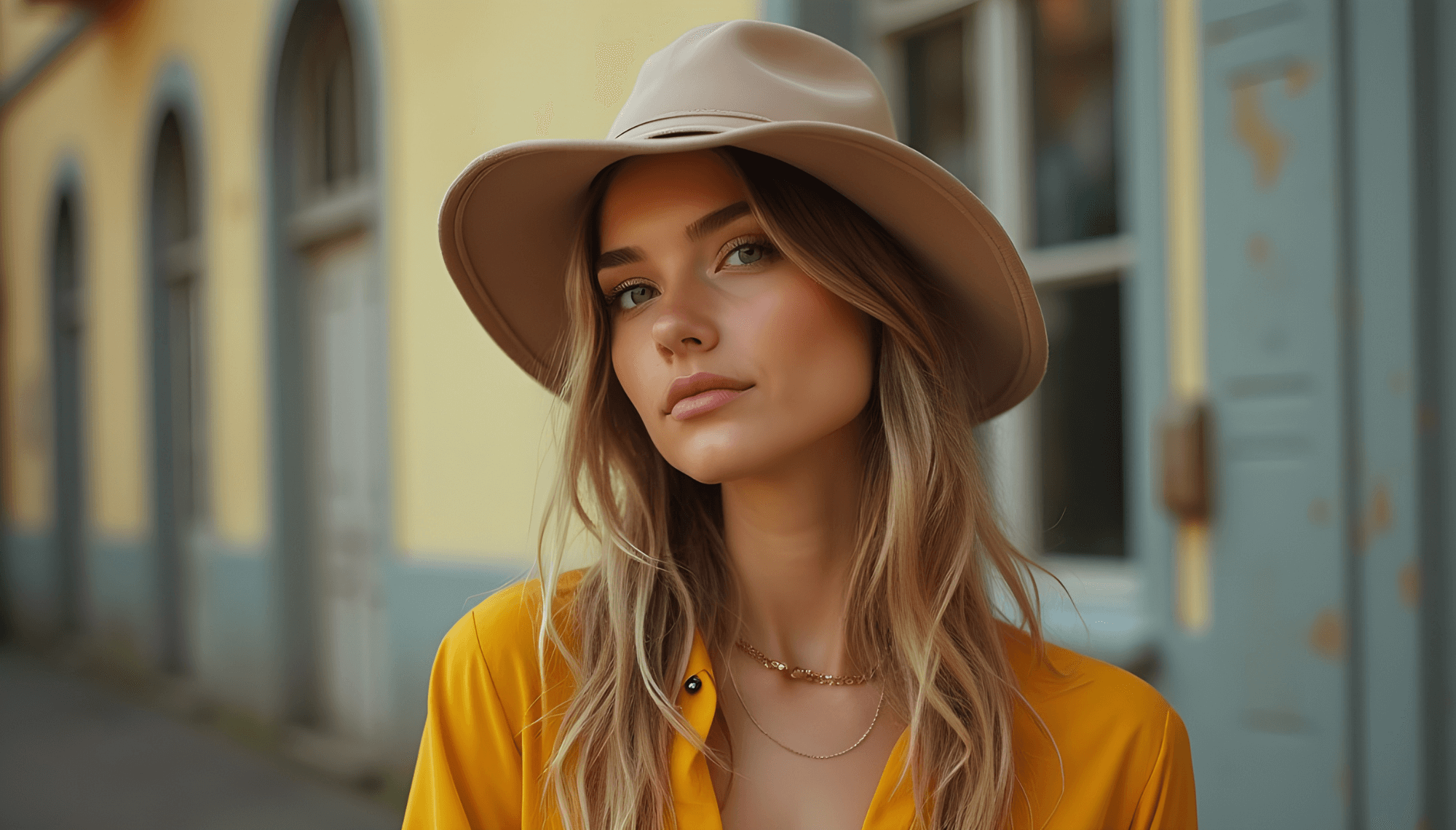If you are connected to the digital world, you might have heard about the term “Influencer.” So, who are influencers actually?
Influencers are individuals in an industry or niche who have the art to sway the audience. They have insight and knowledge about a specific subject. Based on this knowledge, they can change the purchasing intent of others.
An influencer has a good following in a specific niche with which they actively engage people. Influencers are not just efficient marketing tools but assets of social relationships with which brands can collaborate to achieve their marketing objectives. However, what separates an ideal influencer from an average one is their creation of content. Great influencers can provide innovative images, videos, and captions that attract the attention of the audience to the brand.
Types of influencers by the number of followers
Influencer marketing has become immensely successful. When brands start working with the right types of influencers, their businesses start growing. And that’s the first step, choosing the right influencer. There are 10 influencer tiers based on the number of followers!
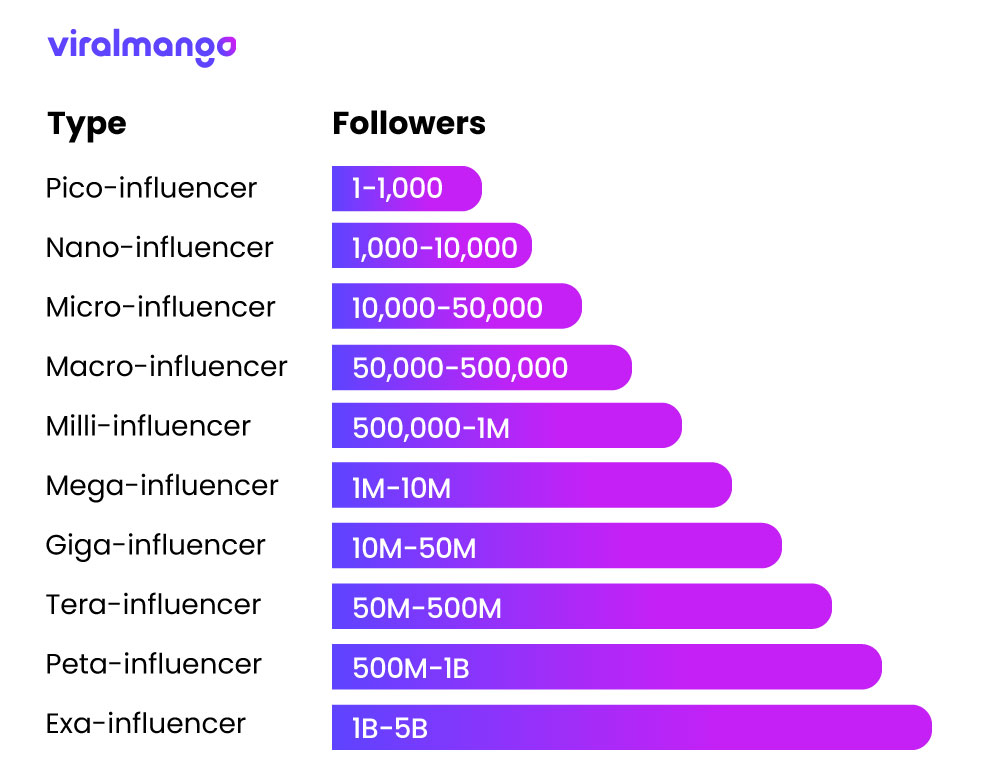
Pico-Influencers
Pico-influencers are the creators who are just starting their journey and have up to 1000 followers on their social media accounts. These influencers, although they have a small audience, tend to have extremely high levels of engagement, because their followers are more often than not genuinely interested in the opinions and experiences of the creator and trust them.
Nano-influencers
Nano influencers are creators who have around 1k-10k followers on their social media platforms. Similar to pico-influencers, nano-influencers reach engagement rates as high as 9% due to the friendly atmosphere and the authentic relationship they’ve developed with their following. Due to this authenticity, nano-influencers are trusted by their followers, who appreciate their comments and recommendations.
These types of influencers are perfect for new brands and businesses, as they are highly effective but also cost-effective, as they are usually still building their portfolio, and can be somewhat flexible in terms of pricing.
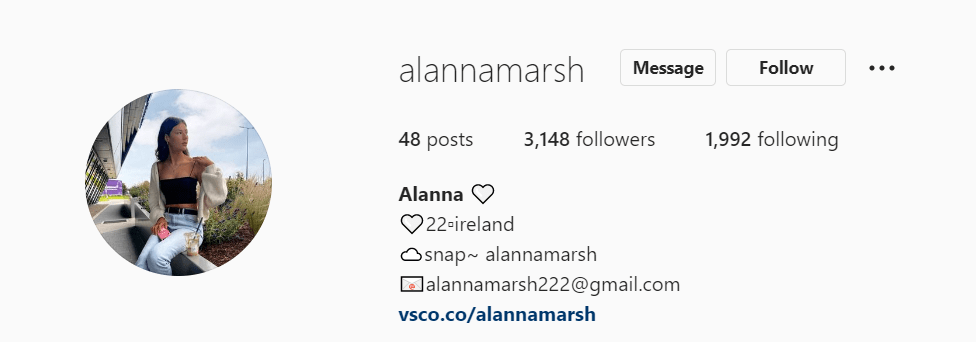
They are vocal about their brand and the products they like, so their audience appreciates their commentary and recommendation. Nano Influencers have a close relationship with their audience and take all the time to engage with them to enhance their bonding.
Micro-influencers
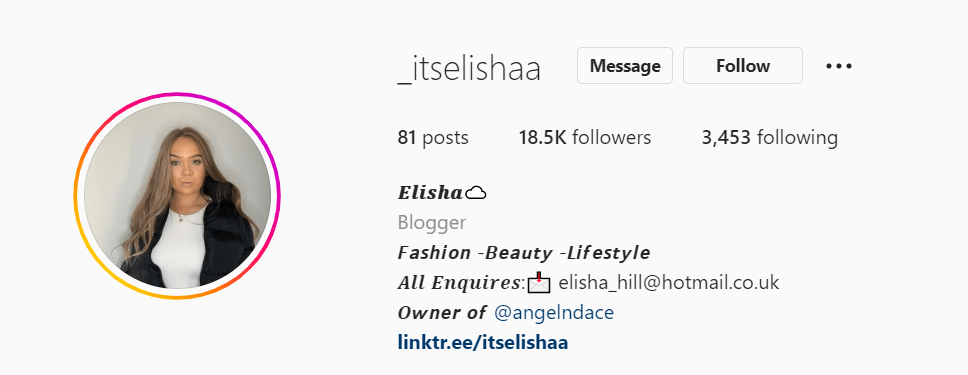
Next up are micro-influencer, creators with followers ranging between 10K-50K. Despite this relatively large following, micro-influencer still seem authentic and reliable to their followers, and much like pico- and nano-influencers, have high engagement rates and are trusted by their audience.
Because of this authenticity, brands significantly benefit from cooperation with these influencer types, as they get to enjoy both large reach and high engagement, and are easily able to connect based on sponsorship with these influencers. Additionally, micro-influencers are usually niche-specific and can be a great choice especially when you are looking to create more focused leads.
Macro-influencers
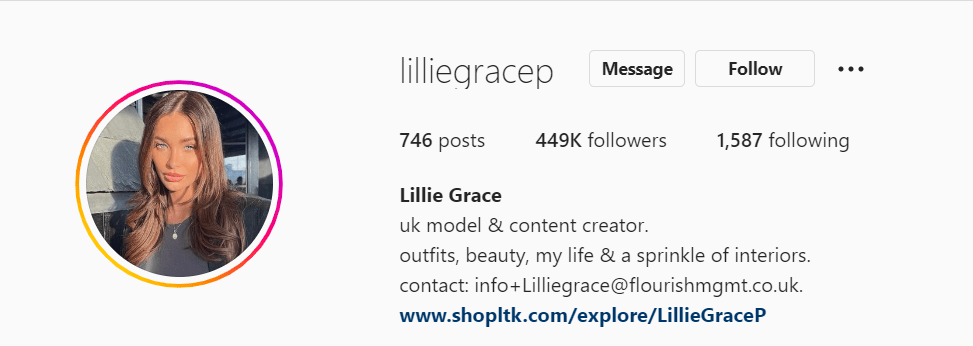
Macro-influencers don’t yet hold a celebrity status but are already considered powerful and respected content creators. With a following ranging between 50k-500k, these influencers have a significantly wider reach than their smaller counterparts. The engagement rates, in this case, are lower, but it’s connected to the larger number of people who see the content. The content type macro influencers create is significantly more polished, and looks more professional, as the creators have at this point been in the industry for longer. However, the content is not out of touch: it’s authentic and lends familiarity.
Milli-influencers

Milli-influencers are a new category of creators, who have a following ranging between 500k and 1M. Milli-influencers have a lower engagement rate compared to smaller-size creators, however, this is compensated by their vast following, due to the size of which this type of influencers can offer brands vast visibility.
From the marketing perspective, milli-influencers are the right choice if you are looking to increase brand awareness and put your brand out there for people to see. Pricing-wise, they will be pricier than smaller creators, and not as flexible.
Mega-influencers

Mega influencers, who have a following between 1M and 10M, have been in the influencer game for probably years, and have already achieved celebrity status. This type of creator can offer the brands a huge exposure, and work wonders when it comes to brand awareness. In terms of engagement rate, it’s significantly lower. However, due to the size of the following, a lower engagement rate can still mean more people.
Cooperating with mega-influencers can help brands with their promotional efforts greatly. However, mega-influencers are not startup-friendly due to the higher fees they can ask for their services.
Giga-Influencers
Next are giga-influencers, content creators who have a whooping following of 10M to 50M. These are professional creators, often celebrities, with professional and hyper-polished content. While the size of their audience allows giga-influencers to reach a significant number of people even if their engagement rates are low, they don’t have the authenticity of nano- or micro-influencers anymore, and their recommendations may be viewed with some skepticism.
One important distinction is that giga-influencers are often creators who gained their popularity outside of Instagram or other social platforms (e.g. musicians, actors, athletes), and are not always niche-specific.
Tera-Influencers
Tera-influencer is a term that came to be as a result of the emergence of individuals with extremely high following on social platforms. In this case, it’s influencers who have between 50M and 500M followers. Similar to giga-influencers, tera-influencers are more likely to be celebrities in their respective fields, rather than users who’ve made their name on social media. These are the people who work with only a few select brands and are generally non-niche-specific. Due to their size and celebrity status, they can help to significantly increase brand awareness and sales. However, they charge high fees and are less flexible in terms of content and pricing.
Peta-influencers
Peta-influencers are individuals with 500M to 1B followers, a recent term that appeared only recently, with the boom of social media usage. As of now, there are very few peta-influencers, and those are mainly celebrities. However, as social media grows to become an inseparable part of life for more and more people, significantly more creators will be reaching the benchmark needed to be considered peta-influencers.
When working with brands, peta-influencers are likely to have representatives and marketing managers, who will charge astronomical amounts, and be very selective about the companies they represent. However, they can also bring unprecedented reach and sales to the companies they represent, often becoming the official face of these brands.
Exa-Influencers
Lastly, we have exa-influencers, people with 1B-5B following. Now, exa-influencer can be considered a term for the future, as there are currently no creators who meet the follower threshold. However, as mentioned earlier, social media usage is growing, and with celebrities like Cristiano Ronaldo boasting 570 million followers on Instagram and growing by the day, we are soon very likely to witness the emergence of exa-influencers.
Similar to Peta-influencers, exa-influencers will likely be reserved by well-established brands with gigantic marketing budgets and will have a team of representatives handling their promotional efforts. And much like Peta-influencers, exa-influencers will put brands before the eyes of an unprecedented number of people, giving them somewhat of a luxury status.
Strategies and Hacks
Marketing Tools Reviews
Strategies and Hacks
Strategies and Hacks
Strategies and Hacks
Marketing Tools Reviews
Influencer Rate Sheet
The influencers rates can vary as greatly as their following number. The price influencers decide to charge depends on a variety of factors, from the engagement rate to the content type. However, the main indicator for the final price is the audience size: the larger the following, the more the creator is likely to charge.
Here is an example of a more or less typical influencer rate sheet.
| Type | Followers | Story | Post | Video |
|---|---|---|---|---|
| Pico-influencer | 1-1,000 | $10-$20 | $10-$40 | $40-$50 |
| Nano-influencer | 1,000-10,000 | $50-$100 | $50-$150 | $150-$200 |
| Micro-influencer | 10,000-50,000 | $250-$300 | $250-$500 | $350-$500 |
| Macro-influencer | 50,000-500,000 | $700-$1,000 | $1000-$5,000 | $4,500-$7,000 |
| Milli-influencer | 500,000-1M | $4,000-$5,000 | $5,000-$10,000 | $7,500-$10,000 |
| Mega-influencer | 1M-10M | $8,000-$9,000 | $10,000-$50,000 | $45,000-$50,000 |
| Giga-influencer | 10M-50M | $40,000-$50,000 | $50,000-$100,000 | $100,000-$120,000 |
| Tera-influencer | 50M-500M | $100,000-$150,000 | $100,000-$250,000 | $250,000-$270,000 |
| Peta-influencer | 500M-1B | $200,000-$220,000 | $250,000 | $300,000-$450,000 |
| Exa-influencer | 1B-5B | $220,000-$250,000 | $300-000-$500,000 | $500,000-$700,000 |
The pricing, as mentioned, can vary greatly depending on the platform, and other specificities of the campaign. To simplify the calculation process of how much an influencer can charge, you can take the following formula as a generic guideline:
$100 per 10,000 followers + number of posts + additional factors (i.e. expenses for shoot, usage rights, exclusivity) = total rate.
8 types of social media influencers by niche
The industry of influencers is growing at the speed of light. Since we have talked about the types of influencers based on the number of followers, we will now talk about types of influencers based on niche. So what exactly is a niche?
According to the marketing world, Niche means a particular segment of the market for a specialized kind of service or product.
Let’s find out what are the categories of influencers based on a niche!
Health, Sports, and Fitness Influencers
Who wants to be fit and healthy now? The answer is everyone, obviously! Due to this, there will always be demand for health and fitness services, products, content, and tools. Presently everyone is concerned about their mental, physical, emotional, or overall fitness making up a significant portion of that pie.
Top fitness influencers comprise several sub-niches such as CrossFit, yoga, running, nutrition, weight lifting, and more. They usually spread awareness about energy drinks, healthy food, sports brands, and other products related to the wellness and health industry.
For instance, Kayla Itsines has been named as the top fitness influencer by Forbes. She started her journey back in 2008 as a personal trainer and has created a series of eBooks called workout and meal-planning app, bikini body guides, and Sweat with Kayla. She frequently endorses Nike, Adidas, Apple, Dyson, and Style Runner brands.
Beauty Bloggers
Beauty influencers are the most widely followed influencer types by women. These types of influencers mostly share beauty and makeup tips that help their followers look superb! They also share how-tos, product reviews, tutorials, and more! And they serve as beauty brand advocates.
Additionally, they work on increasing the sale and brand awareness of beauty products. These influencers can be ordinary people of any age or gender who love doing makeup to professional makeup experts.
Let’s take the example of Huda Kattan, who is the top beauty influencer in terms of earnings. She has a staggering following of 48.1 million on her Huda beauty account. Most of her profile is given as a platform to other influencers to show off their makeup skills using her beauty products.
Fashion Influencers
Fashion influencers concentrate on niches such as jewelry, clothing, shoes, accessories, watches, hats, etc. They are some of the most widely acclaimed figures on social media. They provide a wide variety of products to promote themselves across diverse channels.
These types of influencers mainly offer promotion of fashion products, product reviews, post styling tips, or hauling videos for their followers.
Camila Coelho is one of those famous fashion influencers. She is a Brazilian fashion influencer and a designer who is based in LA. Furthermore, she has worked with some of the biggest brands like Tory Burch, Dior, etc.
Gaming Influencers
It is rightly said the gaming market is worth big bucks. Gaming influencers tend to live to stream their gaming skills on online platforms like Youtube and Twitch.
According to statistics, 23% of the 18-34 age group adults follow gaming personalities. Gamers widely use these platforms to improve their gaming skill or learn more about gameplay. This results in an increase in brand awareness.
These influencers focus on promoting game-related products or video games of brands by targeting their niche audience. Brands like clothing, shoes, snacks, vehicles, and beverages are also likely to get marvelous results with a gaming influencer paid or unpaid partnership.
PewDiePie is one of the most well-known gaming mega influencers. He has more than 103 million followers on Youtube. Furthermore, he regularly partners with brands like Saab to endorse them through his Youtube channel.
Travel Influencers
Everyone likes traveling to any nearby place or a faraway bucket list destination. The travel industry is a massive one! So what do travel influencers do? They review the places they’ve visited and recommend them to their audience.
These influencer types recommend places to eat, products to buy, airlines, and ways to travel to that place and often capture videos and photos for their followers. Nowadays, most people consider Instagram to decide their next vacation spot. They also offer travel tricks, tips, and hacks.
Jack Morris is amongst the top ones in travel influencers. He has around 1 million followers. By visiting places like Hong Kong, Egypt, Dubai, Greece, Switzerland, and many others, he has built a mansion-like home with a swimming pool in Bali.
Food Bloggers
It is rightly said, food looks more delicious when someone has it. And if someone captures it, it seems more delicious. As the food and beverage industry has significantly benefited from the influencer marketing industry, most of the food-related influencers work remarkably during the festive seasons.
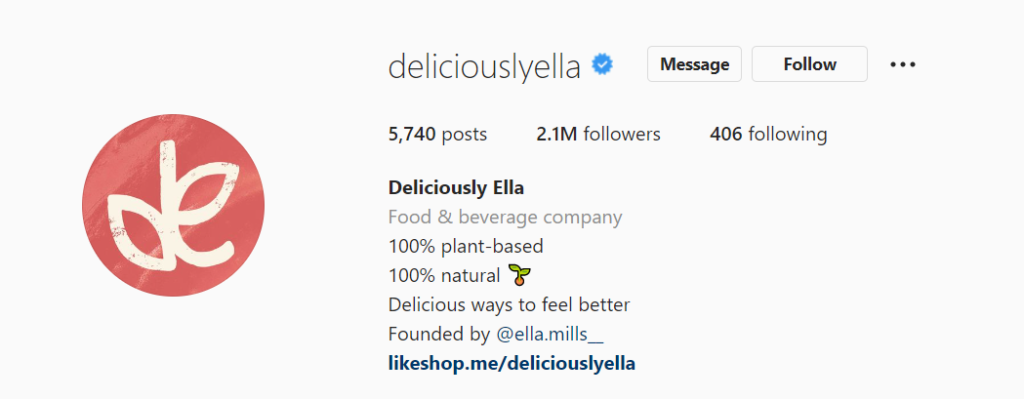
For instance, Ella Woodward launched her blog, Deliciously Ella, in 2012. After that, her platform has grown into three cookbooks, a mobile app, a line of nutritious snacks, and her own deli business. She is followed by more than a million people on Instagram.
Business Influencers
Launching a new business can be tough, especially if it’s your first venture. It’s always better to ask if you don’t know. So seeking help from business influencers who post about business strategies online can be of great help in such a situation.
One such influencer is Bashar J Katou, who has nearly 1 million followers on Instagram. He is an entrepreneur, social media influencer, Youtube star, and public speaker. Well known as the seven-figure Amazon FBA seller, he is also the founder of BJK university. He often uploads selling tips, planning, strategies, success stories, and selling tips on his Youtube channel.
Pet Influencers
The influencer niches have expanded from lifestyle, food, beauty, etc., to animals. Now, pets are not limited to cats and dogs alone. They include hamsters, hedgehogs, horses, etc. Top pet bloggers have sponsorship, engagement rates, and large followings.
JiffPom is a famous pet influencer with a huge following of 9.7 million on Instagram. The brown pomeranian is also the most followed pet influencer on Instagram. He also appeared in one of the song videos of Katy Perry. It has been a smooth sail for him as many brands have collaborated with him since then.
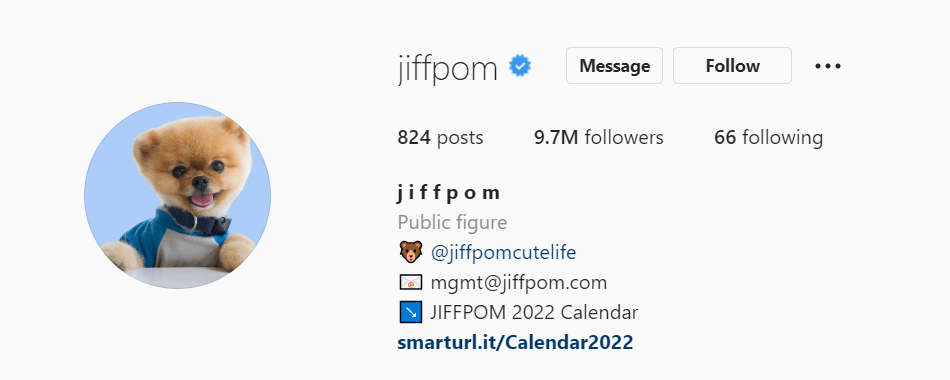
So far, we have talked about the most famous types of influencers, but there are many other types of influencers that may coincide with your brand. They can be like photography, social activists, gadgets, and the list goes on. To attain the best out of your influencer marketing campaign, you need to get in touch with the most appropriate one.
Which types of influencers will be best for your brand?
Finding the correct type of influencer is the biggest challenge that a brand faces. We have discussed various influencer types based on niche and followers. As there are many of them, making a choice becomes tricky.
So here are certain conclusions we have driven from the various categories of influencers.
- If you want to have a larger ad campaign and are ready to invest heavy money, you can go for celebrity influencers. It is the easiest road towards publicity for your brand but an expensive one.
- If you want to generate content that stays active for a long time and wants more traffic to be driven as it grows old, then a blogger is the right kind of influencer for you.
- If you are looking for instant exposure and brand awareness, then social media influencers are the right choice.
What should you consider while choosing an influencer?
Choosing an influencer is a crucial part of the process. There are various aspects to be looked into, but you should consider these 6 factors mainly while choosing one.
Location of the influencer – Your chosen influencer may not make the right impact if they are not of the correct location. For instance, if your product is supposed to be limited to Europe for the time being, an influencer with a fan following from Thailand would not create a successful brand marketing campaign.
Therefore it is recommended to do thorough research about the influencer and the geographical area they influence. Then select them to make efficient use of resources.
Brand-friendly followers – You need to check with what kind of followers the influencer has. Let’s take an example; if you promote a jewelry brand, then a fashion influencer will be of use to you. It doesn’t matter if a travel influencer has 100,000 more followers because it’s of no use to your product. So choose your influencer according to your brand.
Brands targeted keyword – How closely an influencer’s posts match your brand’s target is relevant. The best partnership is when both parties can gain value from it. In the past few years, marketers have shifted their strategy towards nano influencers and micro-influencers as these help brands better engage with a relevant niche audience.
Demographics of the audience – The quickest way to grow your brand can be with the influencer with the highest followers, but now this is not the scenario. If their followers are out of your target demographic, the results won’t be fruitful.
To get the most out of it, start with creating brands’ customer personas – like what location, age groups, and interests make up your biggest customer area? Then search for influencers who have an audience that falls within your range.
Engagement of the influencer – When this is done correctly, social networking motivates two-way communication. A good influencer not only posts about a brand online but also communicates with the audience. Depending on the influencer’s engagement, there are two things drawn from it: the ROI (Return on investment) and an estimate of the brand’s reach. You can use our Instagram Engagement Rate Calculator to check influencer’s engagement rates.
Wrapping up
Here is a rundown of what influencers are, the types of influencers, and various factors to consider while choosing the one for your brand. Each influencer has its own unique quality, and choosing them solely depends on your brand’s requirements. Analyze everything carefully and choose wisely!
Reviewed By Rem Darbinyan
Revolutionizing industries with AI, Rem Darbinyan is the CEO of ViralMango and an entrepreneur, AI expert, and influencer marketing strategist.

